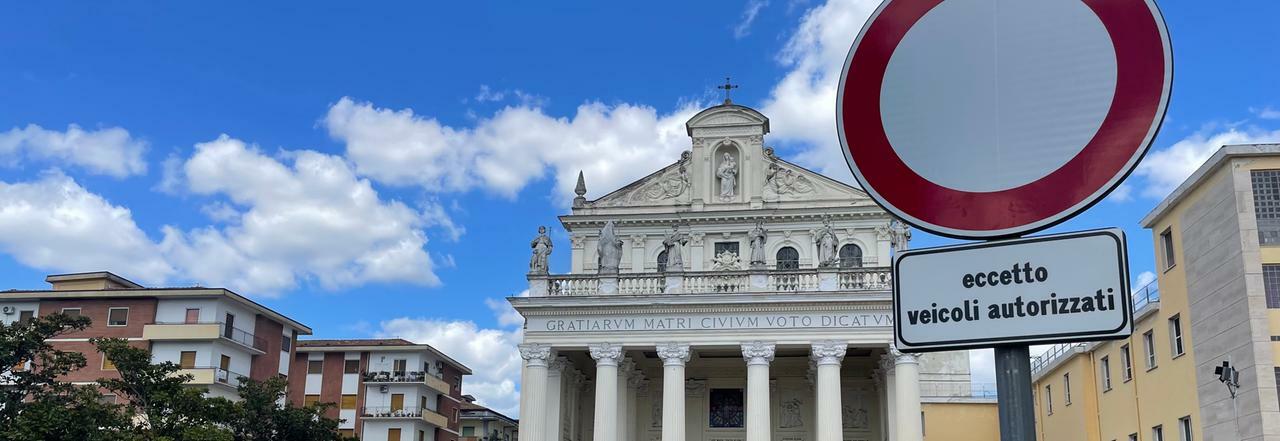Divine Interventions in Traffic Control

venerdì 1 agosto 2025, 00:00
3 Minutes of Reading
Faith ends in no-parking zone. The municipal police officers do not spare citizens who park in the square in front of the Basilica of Our Lady of Grace. Fines for everyone, even the car of a disabled girl ends up in the notebooks, and even the mild friars of the Franciscan convent cannot hold back a surge of discontent that ends up in a sermon. The facts These are the elements of the incident that occurred in recent hours on Viale San Lorenzo, home to the very popular city place of worship dedicated to the patron saint of Sannio. Morning mass at 10. A swarm of faithful in the church. Nothing to do with the Sunday and holiday celebrations, when the precious 19th-century Basilica is crowded in every order of seats. Cars are left parked on the churchyard beyond the pronaos. Few units during the week, a flood on Sunday. A consolidated practice, which is however occasionally broken by the arrival of the police: fines for cars that shouldn't be there. At the entrance to the square, there is indeed a no-entry sign, reiterated inside by an eloquent no-parking and no-stopping sign. The only exception, specified by the supplementary sign, is for 'authorized vehicles'. That is, for vehicles strictly connected to the church's activities such as religious ceremonies and weddings. But if on peak days the ban is sacred due to the abnormal number of vehicles parked in the clearing, during the week and especially in the morning the imposition seems disproportionate. Few cars on a very large, delimited and raised surface do not objectively seem to disturb either the view of the church dear to the people of Benevento or the traffic. And that is why if, as happened on Tuesday morning, the faithful leaving the church find a fine on the windshield, the measure is experienced as harassment. All the more so if the sanction hits the vehicle of the companions of a person with serious mobility problems who has the morning celebration as a rare opportunity to participate in public life. An episode that even made the very capacious vase of Franciscan restraint overflow: 'What happened is intolerable - one of the friars articulated in compliance with evangelical parresia during the sermon the following day. - Seeing even the car of a disabled girl fined is humanly unacceptable and ends up distracting the faithful from participation. If this is the case, I invite you all to go to the Municipality to obtain the appropriate authorization'. A story that does not come out of nowhere. Some citizens of the area who have long complained about the massive occupation of the spaces surrounding the Basilica during celebrations have prompted the intervention of the municipal police. The publication via social media of eloquent shots of cars crowding the area, especially on Sundays, is evidence of this. 'On the churchyard of the Basilica - reads a recent post published by a resident - there is a no-access sign and three no-parking signs, except for authorized vehicles. None of the residents of Viale San Lorenzo park there, respecting the signage. Given the dozens and dozens of cars that consistently park there every day, evidently authorized to do so, we wonder which councilor or municipal official to contact to obtain such authorization'. An evidently rhetorical question aimed at stigmatizing a practice considered unjust. The practice was reported in recent days with specific messages to the top of the municipal police, who intervened shortly thereafter with the application of the fines that exploded the case. The measure In light of the incident, it is striking how, to date, the City Council resolution of last October 24, which provides for a reservation of spaces for residents in Viale San Lorenzo, as in other areas of the city with a high presence of vehicles, has not been implemented. Yellow stripes that could help ease the tension.
© ALL RIGHTS RESERVED
This article is automatically translated
This article is automatically translated
